
Lost and Hungry in the Amazon; A Yanomami Story(2023)
Ten thousand years ago we were all hunter-gatherers. Now, the Yanomami Indians in the Venezuelan Amazon are the last large group of semi-nomadic hunter gathers remaining on earth. For thousands of years their lifestyle remain fundamentally unchanged. During a short 13 year period, when Hugo Chavez decided to bring remote Yanomami Indians into the modern Venezuelan welfare state, new stresses emerged. The filmmakers have been documenting the path of one Yanomami village in the Venezuelan Amazon, from November, 2000 to December, 2020. This period coincided with the rise and fall of the Venezuelan economy and the related Chavez socialist revolution. The challenges and changes for the people in this village as a result of these forces... compressing thousands of years of adaptation into two decades... created dramatic conflicts still unresolved.
Movie: Lost and Hungry in the Amazon; A Yanomami Story
Top 2 Billed Cast
Self
Self

Lost and Hungry in the Amazon; A Yanomami Story
HomePage
Overview
Ten thousand years ago we were all hunter-gatherers. Now, the Yanomami Indians in the Venezuelan Amazon are the last large group of semi-nomadic hunter gathers remaining on earth. For thousands of years their lifestyle remain fundamentally unchanged. During a short 13 year period, when Hugo Chavez decided to bring remote Yanomami Indians into the modern Venezuelan welfare state, new stresses emerged. The filmmakers have been documenting the path of one Yanomami village in the Venezuelan Amazon, from November, 2000 to December, 2020. This period coincided with the rise and fall of the Venezuelan economy and the related Chavez socialist revolution. The challenges and changes for the people in this village as a result of these forces... compressing thousands of years of adaptation into two decades... created dramatic conflicts still unresolved.
Release Date
2023-03-07
Average
0
Rating:
0.0 startsTagline
Genres
Languages:
Keywords
Similar Movies
 0.0
0.0Holding Up The Sky(fr)
"When the shamans stop dancing and life in the rainforest loses its balance, the sky will collapse and come to crush everything." This wisdom is passed down from generation to generation by the Yanomami of Brazil. But gold miners are polluting the rivers, shamans are dying, the rainforest is disappearing and the earth is getting hotter. Davi Kopenawa, a tribal leader and spokesman for the Yanomami, has been fighting relentlessly against the colonization of his land for 40 years. He warns Westerners that when the sky collapses, they too will be crushed. Why don't they listen? Translated with www.DeepL.com/Translator (free version)
 0.0
0.0Iniciación de un shamán(es)
Halfway between fiction and documentary, Initiation of a Shaman tells the story of Rarowe, a young Yanomami who is about to be initiated and must make contact with spirits brought by other shamans. The young man feels the effects of the initiation and always waits until the end to see if he can withstand it. The initiation itself is a rare event and occurs only when the old medicine man is about to die. The ancient rites includes the struggle of the youth with evil spirits which attempt to prevent the old witch doctor from imparting his wisdom to the young man. Hallucinogetic plants are used by the tribe to increase perception. The eerie images depicted are similar to those evoked in the books of Castaneda.
 7.1
7.1Nanook of the North(en)
This pioneering documentary film depicts the lives of the indigenous Inuit people of Canada's northern Quebec region. Although the production contains some fictional elements, it vividly shows how its resourceful subjects survive in such a harsh climate, revealing how they construct their igloo homes and find food by hunting and fishing. The film also captures the beautiful, if unforgiving, frozen landscape of the Great White North, far removed from conventional civilization.
 6.9
6.9Olympia: Part One – Festival of the Nations(de)
Commissioned to make a propaganda film about the 1936 Olympic Games in Germany, director Leni Riefenstahl created a celebration of the human form. This first half of her two-part film opens with a renowned introduction that compares modern Olympians to classical Greek heroes, then goes on to provide thrilling in-the-moment coverage of some of the games' most celebrated moments, including African-American athlete Jesse Owens winning a then-unprecedented four gold medals.
 6.7
6.7Olympia: Part Two – Festival of Beauty(de)
Commissioned to make a propaganda film about the 1936 Olympic Games in Germany, director Leni Riefenstahl created a celebration of the human form. Where the two-part epic's first half, Festival of the Nations, focused on the international aspects of the 1936 Olympic Games held in Berlin, part two, The Festival of Beauty, concentrates on individual athletes such as equestrians, gymnasts, and swimmers, climaxing with American Glenn Morris' performance in the decathalon and the games' majestic closing ceremonies.
 6.7
6.7Workers Leaving the Lumière Factory(fr)
Working men and women leave through the main gate of the Lumière factory in Lyon, France. Filmed on 22 March 1895, it is often referred to as the first real motion picture ever made, although Louis Le Prince's 1888 Roundhay Garden Scene pre-dated it by seven years. Three separate versions of this film exist, which differ from one another in numerous ways. The first version features a carriage drawn by one horse, while in the second version the carriage is drawn by two horses, and there is no carriage at all in the third version. The clothing style is also different between the three versions, demonstrating the different seasons in which each was filmed. This film was made in the 35 mm format with an aspect ratio of 1.33:1, and at a speed of 16 frames per second. At that rate, the 17 meters of film length provided a duration of 46 seconds, holding a total of 800 frames.
 0.0
0.0Great Poets: In Their Own Words(en)
A journey into the BBC archives unearthing glorious performances and candid interviews from some of Britain's greatest poets.
 3.5
3.5The Entire Universe(en)
Eric Idle persuades Professor Brian Cox to present a lecture on the birth of the entire universe. Brian soon realises Eric is actually hosting a comedy and musical extravaganza.
In Memory of Sergo Ordzhonikidze(ru)
The film is about the life and work of Grigory Ordzhonikidze Konstantinoviche, an important personality in both the Communist Party and the Soviet state. The film includes speeches by his bereaved friends who attended his funeral. In 1937, after the unexpected death of Sergo Ordzhonikidze, Vertov received an urgent order from the government to produce a film about the life of Ordzhonikidze. He was ordered to work together with Yakov Bliohom and the director of the film "Battleship Potemkin" distributed by Goskino (Soviet State Committee for Cinematography).
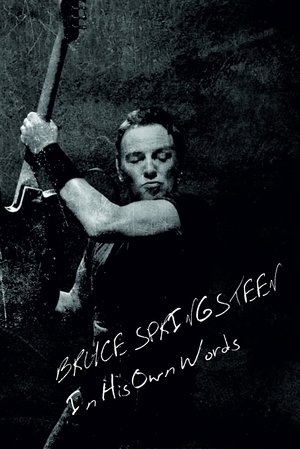 6.8
6.8Bruce Springsteen: In His Own Words(en)
Revealing bio-documentary giving an exclusive look into the life of one of the world's most admired and respected musicians as Bruce Springsteen explores and explains his greatest influences
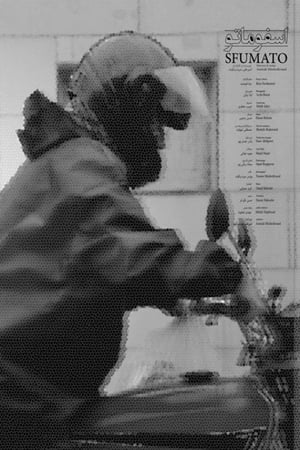 7.0
7.0Sfumato(fa)
A documentary about a rural family in Iran that has two teenage daughters, with their oldest child working to help the family. Together they face difficulties and obstacles, especially because she uses a motorcycle for work which is forbidden for women.
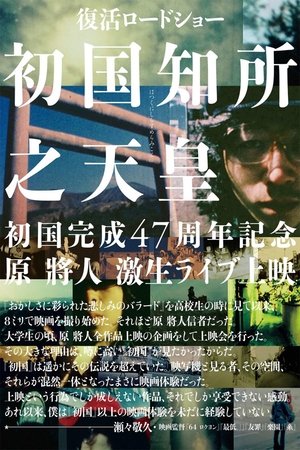 0.0
0.0The First Emperor(ja)
In 1971, Hara Masato and a group or actors started shooting his 16mm film, The First Emperor, based on an old Japanese book about history and myths that is known as the Kojiki ('Record of Ancient Matters'). He did not finish the film.
 7.0
7.0Great White Shark: Beyond the Cage of Fear(en)
A group of scientists form a relationship with Bruce, a Great White Shark, in order to prove the Great White is more than a mindless killing machine.
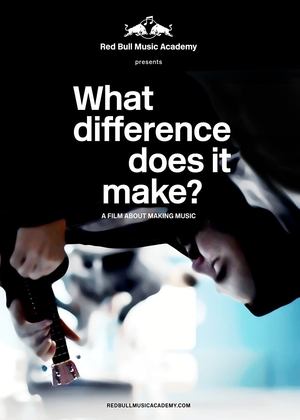 5.1
5.1What Difference Does It Make?(en)
A documentary that explores the challenges that a life in music can bring.
 6.1
6.1The End of Summer(fr)
A 16 year old girl recalls the last moments of her summer vacation, spent with friends in the Laurentians north of Montreal. She reminisces about their talks on life, death, love, and God. Shot in direct cinema style, working from a script that left room for the teenagers to improvise and express their own thoughts, the film sought to capture the immediacy of the youths presence their bodies, their language, their environment.
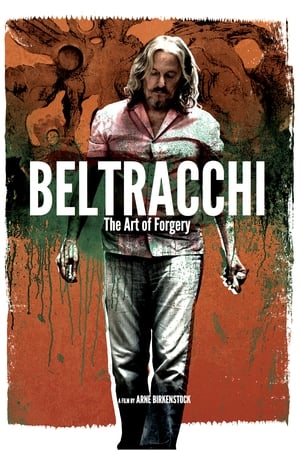 7.1
7.1Beltracchi: The Art of Forgery(de)
Wolfgang Beltracchi got away with forging art masterpieces for over 40 years. He may be egotistical and nihilistic, but his genius in undeniable. He managed to fool gallery owners, historians and investors with the stroke of a brush. This documentary follows his last days as a free man.
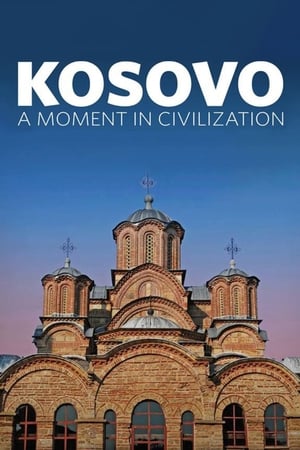 7.7
7.7Kosovo: A Moment in Civilization(sr)
Many are aware of the heinous crimes against civilizational heritage in the Middle East committed by ISIS. But do people know that this kind of terror is happening in the very heart of Europe? Over 150 Christian churches and monasteries have been destroyed in Serbia's province of Kosovo since 1999. 4 monasteries are part of UNESCO's List of World Heritage in Danger.
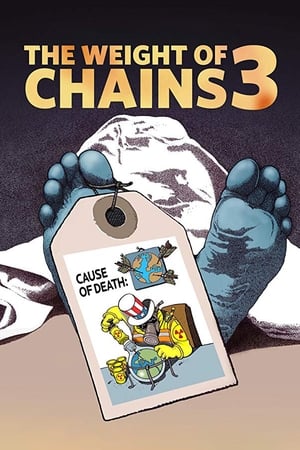 7.0
7.0The Weight of Chains 3(en)
Boris Malagurski explains how the military-industrial complex, big business and political interest groups endanger peoples' health and existence, focusing on the examples of Serbia, Cuba, Chile, Italy and Bolivia.
 5.0
5.0Belgrade with Boris Malagurski(en)
As the first feature documentary film about Belgrade, it presents the Serbian capital through the eyes of its inhabitants, presenting the history, culture, food and nightlife of the city.
